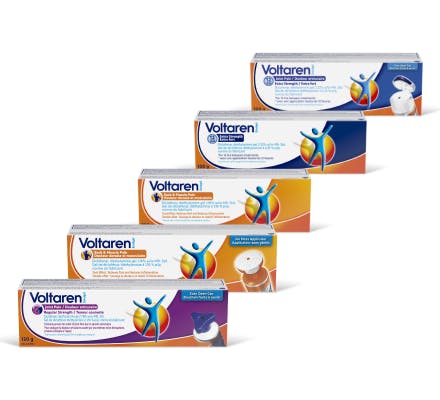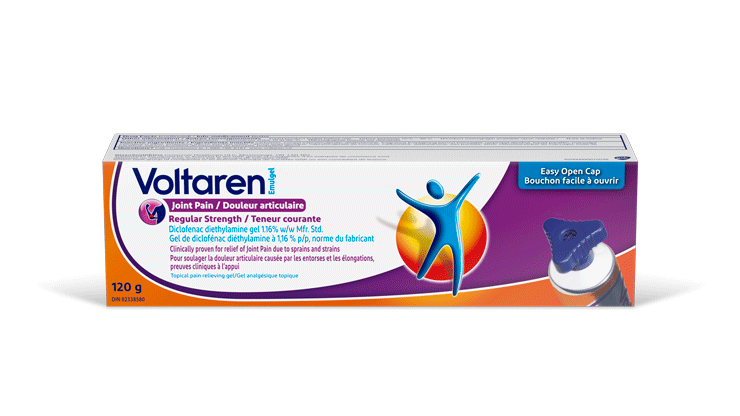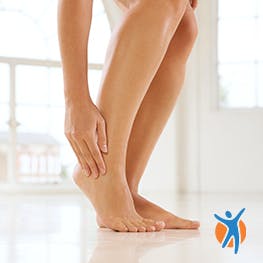
SHARE THIS ARTICLE:
Did you know that your knees are two of the largest and most complex joints in your body? Our knees do a lot for us throughout the day. Our knees are involved in much of our daily movement – walking, standing up, sitting down. In fact, there is little our knees aren’t part of – even if it’s just walking over to the kitchen and standing long enough to prepare a few healthy movie time snacks to share together on the couch.
No wonder an injured knee has a way of reminding you it’s there. Finding relief from knee pain can not only put a hop back in your step, but it can put a smile back on your face as you can enjoy some of your favourite activities again. So, here’s our first recommendation for finding relief: sit back, relax, and put your feet up (aaahh!) as you read on to find out more about knee pain.
First of all, know that you’re not alone. 80% of people who have pain, experience knee pain.1 Knee pain can affect anyone at any age, even more so if you are overweight (as this puts more stress on the joint), or if you play sports. In fact, athletes and runners are particularly prone to knee injuries. Because your knees are vital to movement, knee pain can stop you from playing sports or make it difficult to carry out simple activities, such as walking and climbing stairs.
Symptoms and signs that accompany knee pain include:
- Pains in the knee that come on all of a sudden
- Inflammation
- Redness
- Injury related stiffness
- Unable to put weight on the affected knee or walk
While these symptoms can be managed safely at home or with the help of your pharmacist (ensuring you follow the guidance on the label of any medication you get from the pharmacy), always consult your doctor before trying any new pain management techniques.
Acute knee pain is short-lived - sudden knee pain like this can be felt following an injury to the joints or soft tissue surrounding your knee. However, if the pain persists in your knee, you should talk to your doctor who will evaluate your condition and symptoms according to a set of diagnostic criteria, before potentially providing a diagnosis to determine an appropriate treatment plan. For this, learning how to talk to your doctor about your pain will be helpful.
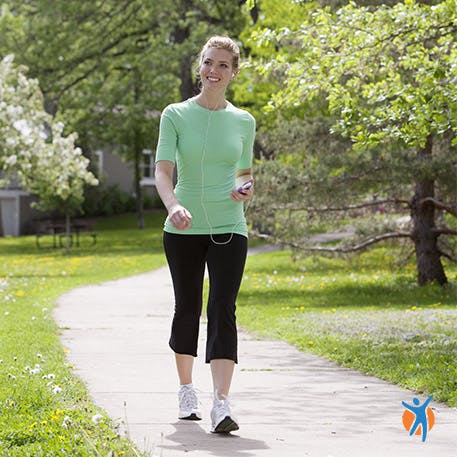
Causes of knee pain
The knee joint is made up of three bones, tendons that connect the bones to the muscles and ligaments that stabilise and connect the bones. Two c-shaped pieces of cartilage called menisci act as cushioning in the joint, while sacs filled with synovial fluid, called bursae, help the knee move smoothly.2 Disruption or trauma to any part of this delicate engineering can cause knee pain.
Knee pain causes can include:
- Wear and tear injuries
- Acute injury
- Medical conditions
- Runner’s Knee
- Acute knee pain from walking, playing soccer, tennis, etc.
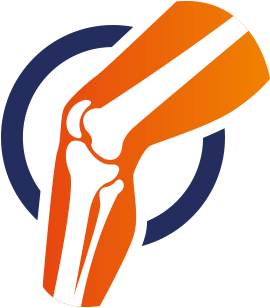
Acute injuries that cause knee pain
Injuries that cause acute knee pain include:
- Muscle sprains and strains
- Ligament injuries
Quite often, acute knee injuries are a result of twisting your knee during sport or simply going about your day – like bumping your knee on the coffee table (we’ve been there!) If you experience knee pain after running or knee pain after working out and you can pinpoint an improper movement, twist, or moment in which you landed funny on your knee, you may have an acute injury.
Depending on how severe your pain is, you may decide to seek medical treatment or treat your pain yourself using home remedies for knee pain or use an over the counter pain relief product for knee pain. Voltaren penetrates deep to relieve pain and reduce inflammation, bringing relief from acute knee pain.
When to see a doctor
Not all knee pain is the same. Sometimes, knee pain requires immediate medical attention. If your pain is severe and/or you are unclear on the nature of your symptoms, seek medical attention.
Diagnosing knee pain
A thorough examination by a doctor or physiotherapist can help establish a precise diagnosis of your knee pain. He or she may also recommend some treatments specific to your individual case. For instance, if you’re specifically wondering what causes the pain behind your knee – you may get a targeted answer and treatment plan from your health care provider addressing your unique needs. So, be sure to visit your doctor or healthcare professional.
Getting relief for knee pain
Getting relief from your knee pain symptoms can increase the joy you find in the small things you do throughout the day – getting in your car, bending down to tie your shoe, sitting down in your favourite chair, or even bike riding through the park at dusk.
To get effective relief from knee pain, use Voltaren for relief of pain associated with recent (acute), localized muscle or joint injuries such as sprains, strains or sports injuries (e.g. sprain of ankle, strain of shoulder or back muscles). This is typically as an adjunct to other measures such as rest for the relief of discomfort associated with such injuries.
Voltaren helps you get back to your daily routine and is indicated for temporary pain relief. Not for chronic, long-term pain.
There are a number of holistic treatments or management methods for knee pain you can try at home, that can complement the medicated pain relief you might be using.
These include:
- Rest
- Stretching
- Appropriate strength training
- Physiotherapy
- Maintaining a healthy weight
Always talk to your doctor before trying any new pain relief techniques to see if they are right for you.
Whatever course of treatment you and your doctor decide on, being in control of your pain can be the first step towards less pain, and finding joy in movement and all that it brings once more.
Explore Voltaren’s products for pain relief

SHARE THIS ARTICLE:
Health, wellness & your pain
Pain is rarely just physical nor is it always solved by taking medicine alone. Voltaren is your ally in helping you take more control of your pain journey, from the way to sleep, to what you eat, mental wellbeing and complementary pain relief therapies.

